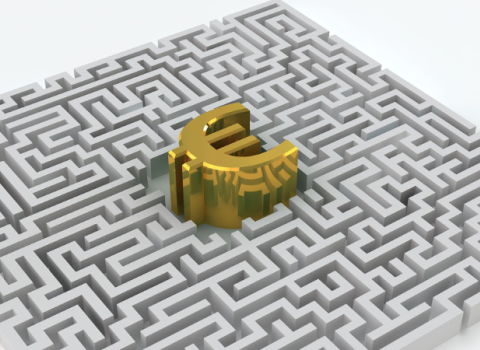
Science|Business senior editor Nuala Moran.
At between 4 per cent to 5 per cent of total public spending on R&D within the EU, FP7 may look like small beer. But its impact on what kind of research is carried out is much larger because it only funds part of each project. In the case of the metrology grant, 32 national institutions will contribute €42 million, while member states will contribute €18.7 million to the Baltic project. In just one of the JTIs, the Innovative Medicines Initiative, Europe’s largest pharmaceutical companies have pledged to match the Commission’s €1 billion cash with €1 billion worth of staff, laboratory, materials and other resources, to fund an ambitious programme to remove the bottlenecks in drug discovery and development and restore the competitiveness of the industry.
Since 1995 the budgets of the Framework Programmes have increased significantly, and FP7 will be handing out €7.21 billion per year over the next five years. This is the largest single budget under the direct control of the Commission.
Now for The But
An investigation by the European Court of Auditors concludes the Commission will have few means of telling if this money has been well spend, saying the existing approach to assessing results, as applied in Framework Programmes Four, Five and Six, are inadequate.
Not only are programme objectives poorly defined, in the auditors’ view the methods for assessing performance are weak also.
As a result, the Commission’s evaluation system for Framework Programmes is of, “limited usefulness to policy-makers, stakeholders, or even the Commission itself.” Ultimately, little is known about the achievement of programme objectives and the results of Framework Programmes. The auditors have a string of other objections in a report that is sobering reading indeed for the Commission as the FP7 funds being to flow.
Research Commissioner Janez Potocnik was one of the chief negotiators for the entry of Slovenia into the European Union. He will be rightly proud to see his country pick up the reins of the Presidency, the first of the May 2004 accession countries to do so. One of the main items of business for the new presidency this week was making progress with the Lisbon Treaty, at the heart of which sits R&D policy.
The central importance of R&D to achieving the Lisbon objectives enabled Potocnik and his colleagues to argue for the huge increase in spending in FP7. He has also put great effort into listening to the problems encountered in previous programmes, and improving the organisation, and streamlining the bureaucracy for FP7.
This is good work. But while it is important to make the application process and the rules for managing projects as simple as possible, that has to be balanced against the political reality that we need evidence that FP7 has delivered. If not, all the Commission’s grand plans for the European Research Area, and the vision of Europe as the global innovation powerhouse will be knocked off course.
Now the Commission needs to turn its attention to reforming the evaluation system, so we can all judge FP7’s successes – and its failures - for ourselves.





 A unique international forum for public research organisations and companies to connect their external engagement with strategic interests around their R&D system.
A unique international forum for public research organisations and companies to connect their external engagement with strategic interests around their R&D system.